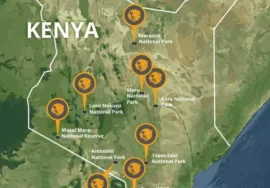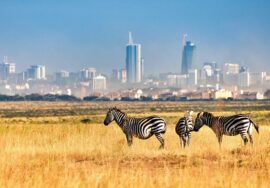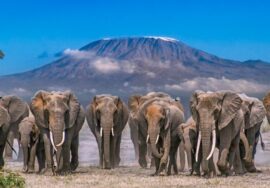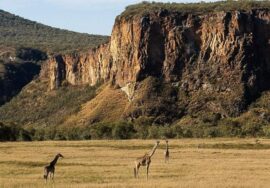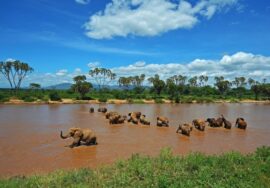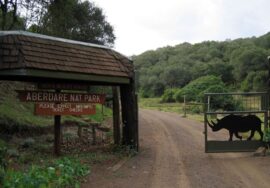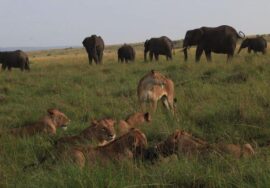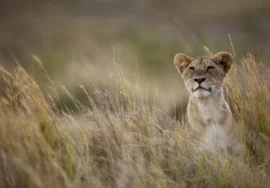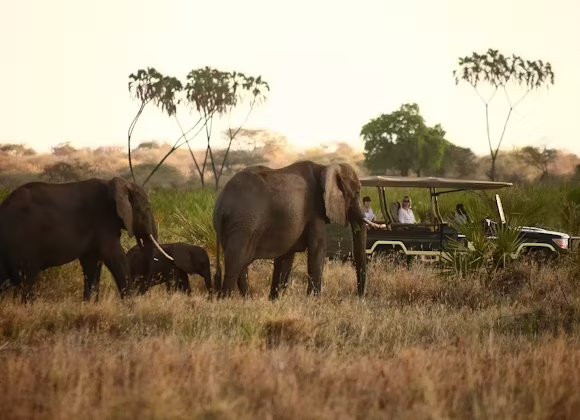
MERU NATIONAL PARK
There are hundreds of different bird species on Meru, as well as the biggest group of buffalo in Kenya and one of the largest groups of rhinos in the world. Meru doesn’t have many tourists, but it makes up for it with its lots of wildlife.
A Park Born Again
If you went to Meru in the 1970s or 1980s, it would be hard to believe that 40,000 people used to visit the park every year. But lack of care and heavy hunting killed off most of the Meru’s larger animals. Every elephant and more than 80% of its rhinos were killed.
The park’s luck turned around when the Kenya Wildlife Service and the International Fund for Animal Welfare stepped in in 2000. A lot of rangers who are supposed to stop poaching rushed into the area to protect the animals. The park’s infrastructure was fixed up, which was the first step toward making Meru look like it did in the past.
The Park Inside a Park
An novel rhino sanctuary—literally a park inside the park—has helped the rhinos do very well at Meru. Smaller animals can easily move through this 80 sq km (30 sq mi) reserve, but the rhinos are kept safe, protected, and watched over by rangers. The 60 white rhinos and 20 black rhinos are doing great, and their numbers keep going up. You should be able to get close enough to take some great pictures, even though the big guys are shy.
Don’t Forget…
Riverland: The woods and savannahs of Meru Park are crossed by thirteen rivers and many streams. People have said that the wetland areas look like jungles because there are doum trees along the rivers.
Rojewero: This is a good spot to see birds like the ostrich, guineafowl, and red-necked hawk that live in the riverine forest. Don’t forget to look for hippo and crocodile.
The Sanctuary for Rhinos – You can see black and white rhinos in the wild. The park is home to many rare rhinos.
Elsa the Lioness—Elsa the Lioness, who is famous from the book and movie “Born Free,” lived on Meru until her death. For the rest of her life, she was free to live as the Adamsons had planned. Her grave is in a remote spot on the southern edge of the park. Mount Kenya, Africa’s second-highest peak, is right next to the park, and you can see its snow-covered top easily.
Meru Facts
Meru Park is very pretty, with its acacia forests, lakes, and riverine forests. At a height of 1,036 m (3,400 ft), it covers 870 sq km (340 sq mi).
Meru is 350 km (220 mi) from Nairobi. It is north of Mount Kenya.
Weather: It can get warm and wet in the park. It will be 320C (900F) during the day. It will rain the most during the wet season, which lasts from November to May.
For the best chance to see animals, come the park from June to September, when it is dry. The park is open all year.
How to get there: Safari Trips to Kenya can help you book a tour. It will be a style trip because the 4×4 safari Jeep is specially equipped for it.

